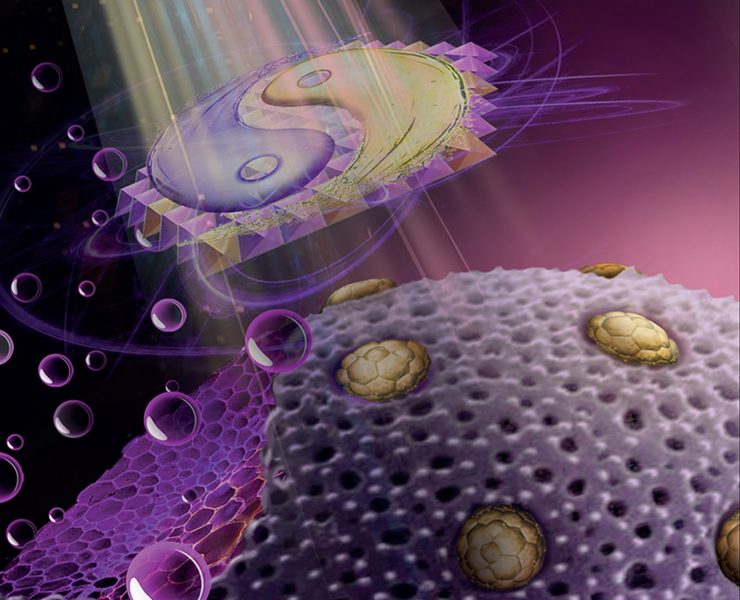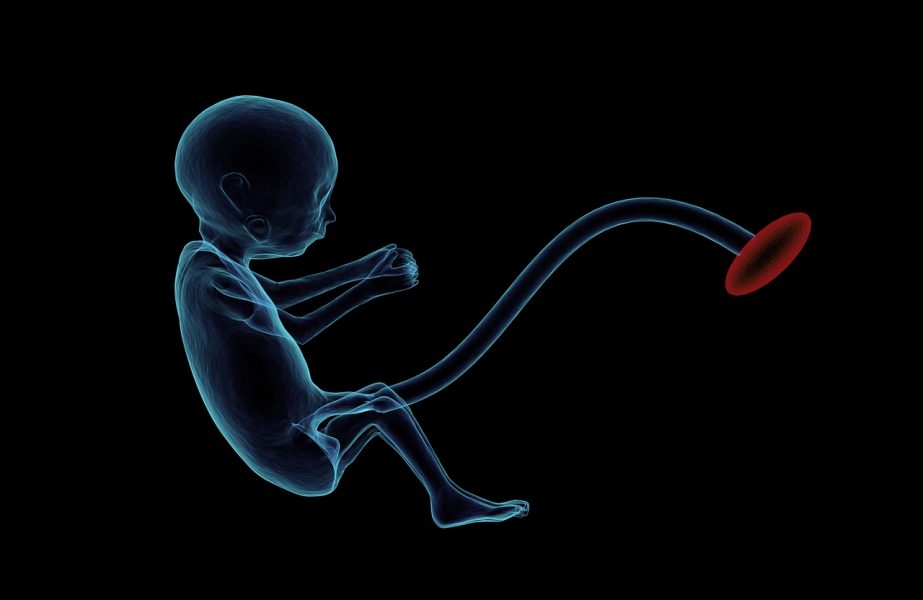Check out the latest covers of Advanced Healthcare Materials!


Check out the latest covers of Advanced Healthcare Materials!

A 3D imaging approach that enables prolonged functional assessment of the mouse oviduct (or fallopian tube) in vivo.

Protein immobilization directly from cell lysates is demonstrated in a new process that avoids expensive purification steps but expertly maintains target protein selectivity.
![Microfluidic Devices for Affordable Personalized Healthcare [Video]](https://www.advancedsciencenews.com/wp-content/uploads/2018/04/adma201705759_ASN_image.jpg)
Muhammad Mustafa Hussain and co-workers from King Abdullah University of Science and Technology address the potential of complementary metal-oxide semiconductor (CMOS)-based microfluidic devices for affordable personalized healthcare.
![Early-Stage Cancer Detection with a Lanthanide-Based Metal Organic Framework [Video]](https://www.advancedsciencenews.com/wp-content/uploads/2018/04/adfm201707169_ASN_image_002.png)
Researchers from Nankai University and the Collaborative Innovation Center of Chemical Science and Engineering in Tianjin, China, demonstrate a luminescent sensor based on a lanthanide metal–organic framework (Ln-MOF) for early detection of cancer.

An Israeli team of researchers found a self‐calibration point for near‐infrared human finger tissue measurements.

A team of researchers from the UK present the application of wavelength modulated Raman spectroscopy for the automated label‐ and fluorescence‐free classification of fixed squamous epithelial cells in suspension, such as those produced during a cervical smear test.
![Trans-Scale Biosensing Interface for Ultrasensitive Detection [Video]](https://www.advancedsciencenews.com/wp-content/uploads/2018/04/adfm201706981_ASN_image.jpg)
Dr. Fan Yang and Prof. Guo-Jun Zhang from Hubei University of Chinese Medicine, and co-workers, engineer a trans-scale biosensing interface capable of ultrasensitive microRNA detection.

Advanced Healthcare Materials papers you have downloaded and read the most last month.

Important implications for the development of therapeutics, and several potential pharmacological targets for the treatment of stress‐related disorders have been identified.